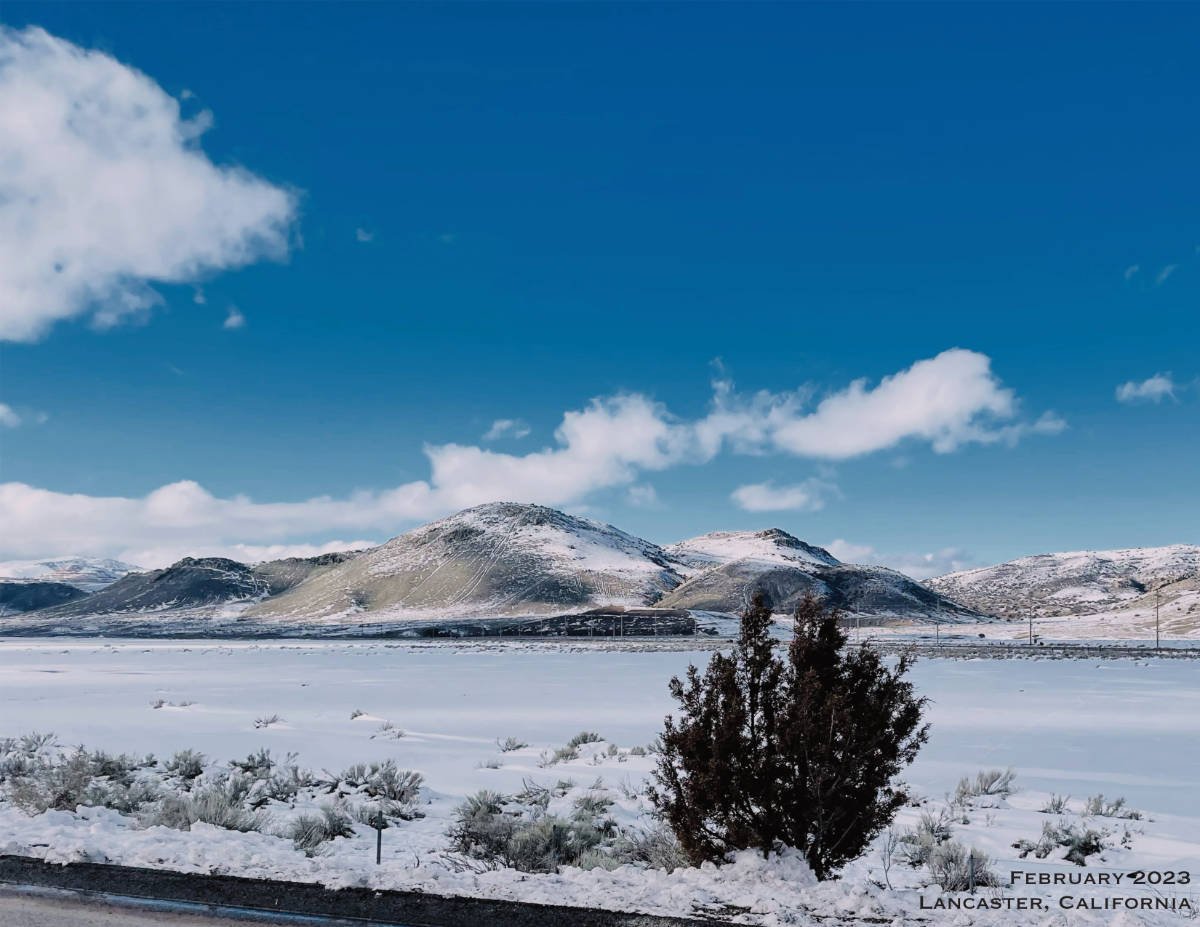As the weather gets colder, you might think that your winter gardening efforts should be put on hold until spring. Depending on your gardening zone, there are several plants that can be effectively planted in January and February. In this guide, we will look at the finest plants to grow at this time of year and discuss the specific requirements for each zone.
Zone 1: Arctic Circle
For those in Zone 1, which encompasses the Arctic Circle, winter gardening can be quite challenging due to extreme cold temperatures. However, you can still start planning and preparing for the upcoming growing season. Use this time to research and order seeds, plan your garden layout, and gather any necessary supplies.
Zone 2: Subarctic and Subantarctic
In Zone 2, which includes subarctic and subantarctic regions, it’s important to focus on cold-hardy vegetables and herbs. Some great options for planting in January and February include kale, spinach, Swiss chard, and winter lettuce. These plants can tolerate cooler temperatures and will provide you with fresh greens throughout the winter months.
Zone 3: Northern Regions
Zone 3 encompasses the northern regions of the United States and Canada. In this zone, you can start planting cold-hardy vegetables like carrots, beets, radishes, and peas. These crops can be sown directly into the ground as long as the soil is not frozen. If the ground is still frozen, consider starting them indoors and transplanting them once the soil thaws.
Zone 4: Midwest and Northeast
For gardeners in Zone 4, which includes the Midwest and Northeast regions, January and February are ideal for starting seeds indoors. You can begin sowing seeds for tomatoes, peppers, eggplants, and other warm-season vegetables. By starting these plants indoors now, you’ll give them a head start and be ready to transplant them into your garden once the danger of frost has passed.
Zone 5: Mid-Atlantic and Southeast
In Zone 5, which includes the Mid-Atlantic and Southeast regions, you can start planting cool-season crops such as broccoli, cauliflower, cabbage, and Brussels sprouts. These vegetables thrive in cooler temperatures and will provide you with a bountiful harvest in the spring. Make sure to provide them with plenty of sunlight and well-drained soil.
Zone 6: South Central
Gardeners in Zone 6, the South Central region, have a wide range of options for winter gardening. You can start sowing seeds for cool-season vegetables like lettuce, kale, carrots, and radishes. Additionally, you can also plant herbs like parsley, cilantro, and dill. These plants will thrive in the milder winter temperatures of this zone.
Zone 7: Southwest and Pacific Coast
Zone 7, which includes the Southwest and Pacific Coast regions, offers mild winters and a longer growing season. In January and February, you can plant a variety of vegetables such as beets, carrots, lettuce, and Swiss chard. You can also start sowing seeds for early spring crops like peas and broccoli. Take advantage of the favorable climate in this zone to enjoy an extended growing season.
Zone 8: South
For gardeners in Zone 8, which covers the southernmost parts of the United States, January and February are perfect for planting a wide range of vegetables. You can start sowing seeds for tomatoes, peppers, squash, and cucumbers. Additionally, you can also plant herbs like basil, oregano, and thyme. With the milder winter temperatures in this zone, you’ll have a head start on your summer garden.
Zone 9: Tropical
Finally, in Zone 9, which encompasses tropical regions, there is no shortage of plants to grow in January and February. This is the perfect time to plant tropical fruits like bananas, pineapples, and papayas. You can also start sowing seeds for warm-season vegetables such as okra, sweet potatoes, and beans. Embrace the tropical climate of this zone and enjoy a diverse range of plants.
Remember, while this guide provides a general overview of what to plant in each zone for your winter gardening, it’s important to consider your specific location and microclimate. Always check the local weather conditions and consult with local gardening resources for the most accurate and up-to-date information.
So, don’t let the winter blues keep you away from your garden. With the right plants and a little planning, you can continue to enjoy the joys of gardening even during the colder months.
Until next time, keep blooming! 🌸






